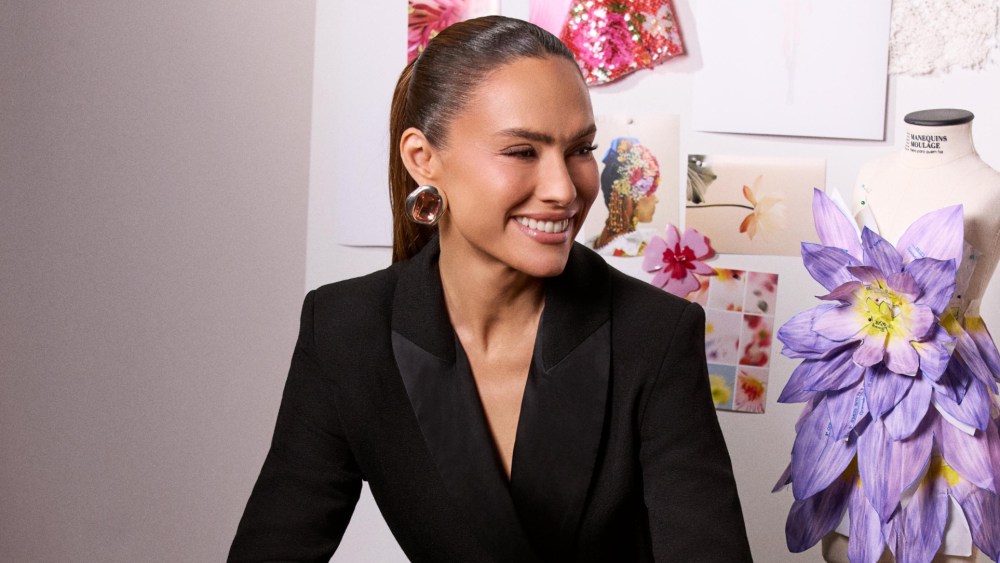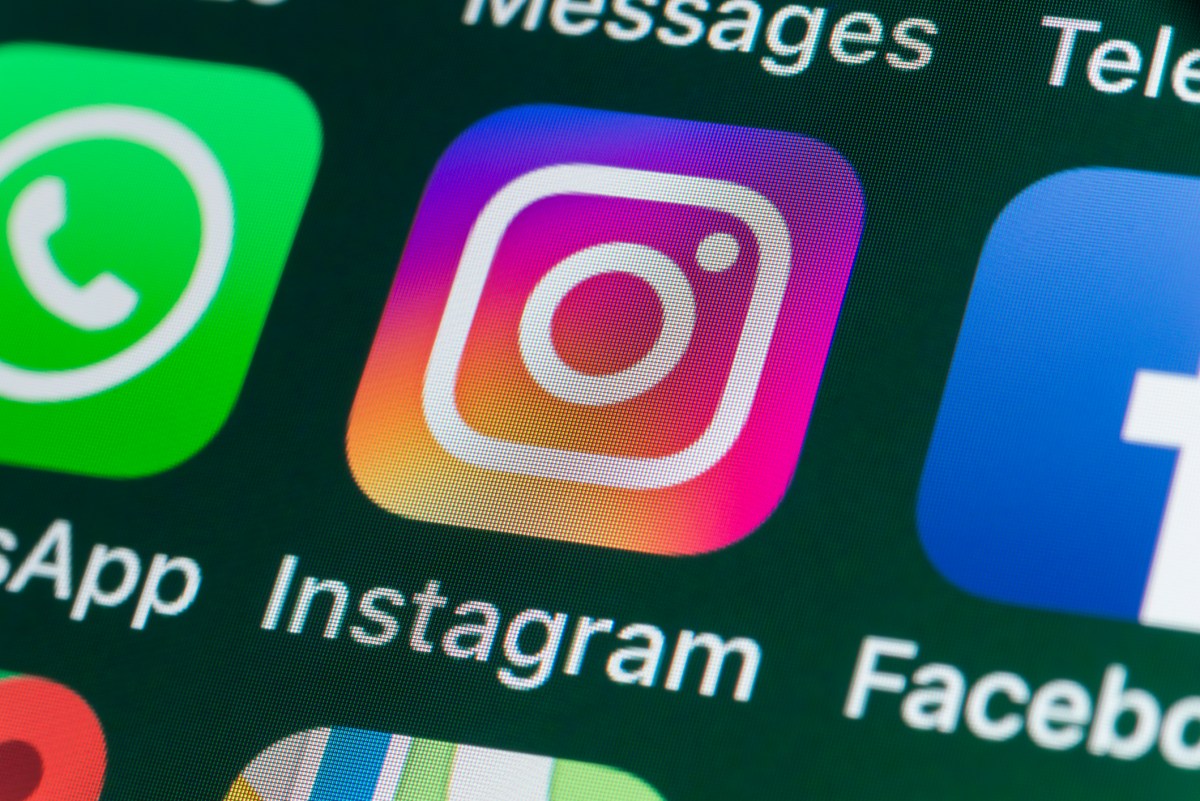“If you don’t include people with disabilities or people with facial differences in the development of these processes, no one’s going to think of these issues,” says Kathleen Bogart, a psychology professor at Oregon State University who specializes in disability research and lives with a facial difference. “AI has amplified these issues, but it’s rooted in long-standing underrepresentation and prejudice towards people with facial differences that occurred long before AI was a thing.”
Too Little, Too Late
When face verification systems fail, it’s often hard to find help—piling more pressure on a stressful situation. For months, Maryland resident Noor Al-Khaled has struggled to create an online account with the Social Security Administration. Al-Khaled, who lives with the rare cranio-facial condition Ablepheron Macrostomia, says having an online account would allow her to easily access SSA records and quickly send documents to the agency.
“I don’t drive because of my vision; I should be able to rely on the site,” Al-Khaled says. “You have to take a selfie, and the pictures have to match,” Al-Khaled says. “Because of the facial difference, I don’t know if it’s not recognizing the ID or the selfie, but it’s always saying images don’t match.”
Not having that access makes life harder. “On an emotional level, it just makes me feel shut out from society,” she explains. Al-Khaled says that all services should provide alternative ways for people to access online systems. “The lack of other fallback options means that sometimes people get trapped in these labyrinths of technological systems,” says Byrum from Present Moment Enterprises.
Courtesy of WIRED source
An SSA spokesperson says alternative options to face verification are available, and it is “committed” to making its services accessible to everyone. The agency, the spokesperson says, does not run facial recognition systems itself but uses Login.gov and ID.me for verification services. The General Services Administration, which runs Login.gov, did not respond to WIRED’s request for comment. “Accessibility is a core priority for ID.me,” a spokesperson for ID.me says, adding it has previously helped people with facial differences and offered to directly help Al-Khaled after WIRED was in touch.
“There are few things more dehumanizing than being told by a machine that you’re not real because of your face,” says Corey R. Taylor, a New York–based actor and motivational speaker who lives with a craniofacial anomaly. Last year, Taylor says, he was using a financial app to access a small amount of money; as he tried to complete the payment processes, he found that the face verification system could not match his selfie to the image on his ID. To get the system to work, he had to move into different positions. “I had to literally raise my eyes and contort my face,” Taylor says. When he emailed the company, he got what appeared to be a boilerplate response.



